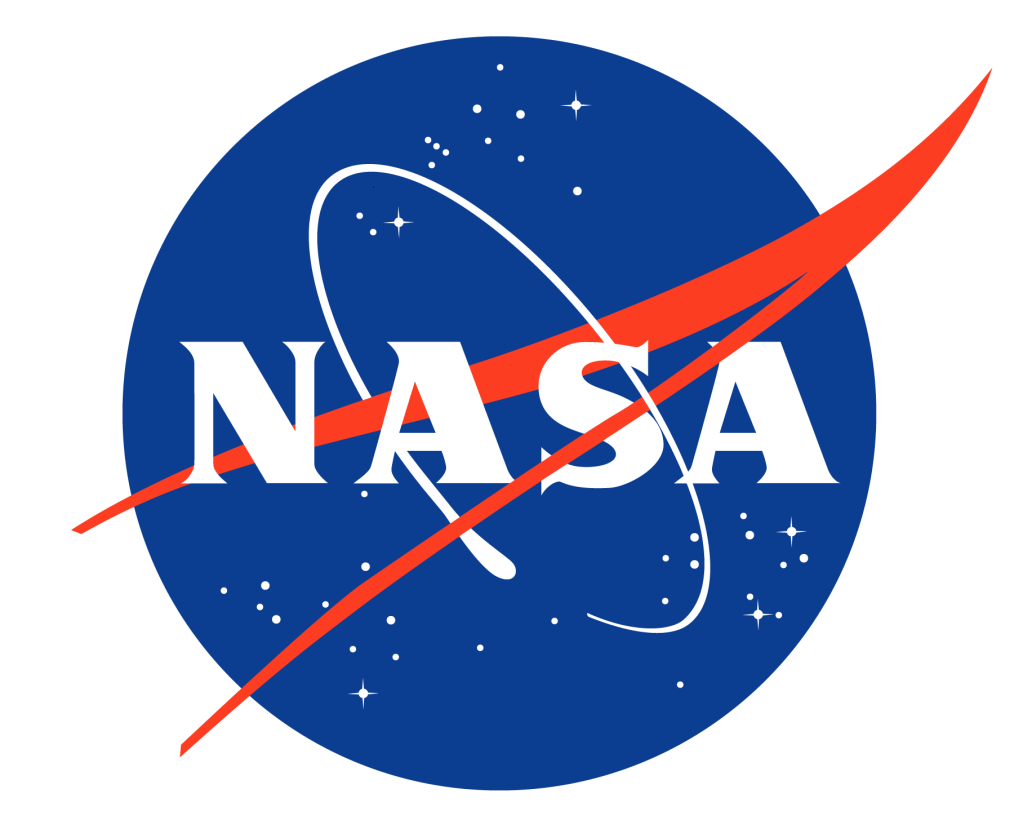
Frank Colella
Public Affairs, NASA
NASA’s Kennedy Space Center is like a terminal where the hopes and dreams and technical miracles crafted at other NASA Centers, in industry and universities come together to catch a rocket train to space.
Telling the stories of those technological marvels to the news media and world fell to the public affairs and public relations people from those institutions. Frank Colella, manager of public affairs for NASA’s Jet Propulsion Laboratory (JPL) traveled to Kennedy to work with the media beginning with Explorer I in 1959 through a myriad of interplanetary flights into the space shuttle era to 1988 when he retired. Following the Challenger accident he was asked by Kennedy to continue his career by traveling to the Transoceanic Abort Landing (TAL) sites in Spain and Africa to prepare for the international press corps in case a shuttle made an emergency landing there.
During his 29 years at JPL, which is operated for NASA by California Institute of Technology, Colella was always ready to assist Kennedy and other centers with their launches and missions. He worked the Alan Shepard Mercury launch in 1961, Gemini, Apollo and Space Shuttle Program launches. “Two of my favorite assignments were sailing aboard the USS New Orleans and USS Ticonderoga for the recovery of the crews of Apollo 14 and Apollo 17.”
Colella grew up during the difficult days of the Great Depression in New York. In 1940 he volunteered for the U.S. Army and in 1942 applied for training as a pilot. In 1944 he earned his wings and hoped to fly P-38 fighters, but was assigned to fly B-24 bombers. He flew 37 missions over Europe earning the Air Medal with six Oak Leaf Clusters and the Distinguished Flying Cross with two Oak Leaf Clusters.
From the war he went to work for the United Nations at Lake Success serving the news media and publishing the papers detailing those early years of the organization. In 1955 he moved to California to write a newspaper column for the Los Angeles Medical Association. That led to moving to JPL in 1959 when Chris Clausen, who had been science editor for the Los Angeles Examiner was hired to head up the first JPL public affairs office and asked Colella to join him. In 1964 Colella was promoted to manager of public information, and in 1975 manager of all of public affairs.
“Up to 1959 JPL had primarily worked on highly classified science projects for the military,” Colella said. “So helping the scientists and managers migrate to working in the spotlight of the space program was a challenge, and getting the media to understand the organization they knew nothing about was even more daunting.”
“The people at JPL were just awesome. Nothing in my life can equal being there and watching the science and technology grow,” Colella said.
From Explorer I to the Echo balloon satellites to the Voyagers, which swept through the entire solar system and out into interplanetary space, Colella was there for the launch and went from control rooms to press rooms to help chronicle the stories and make sure people around the world knew of the miracles happening during their lifetime.

























